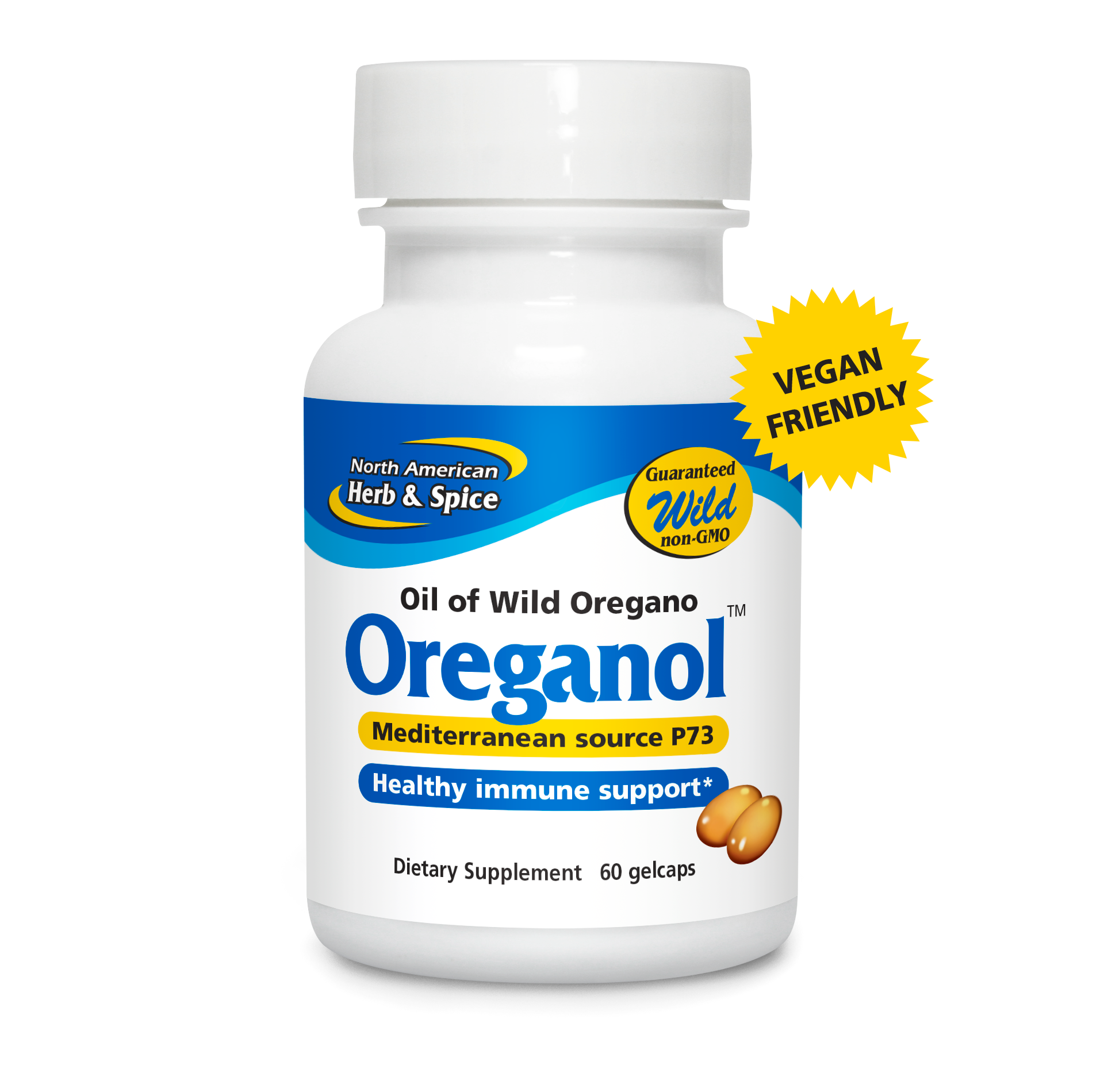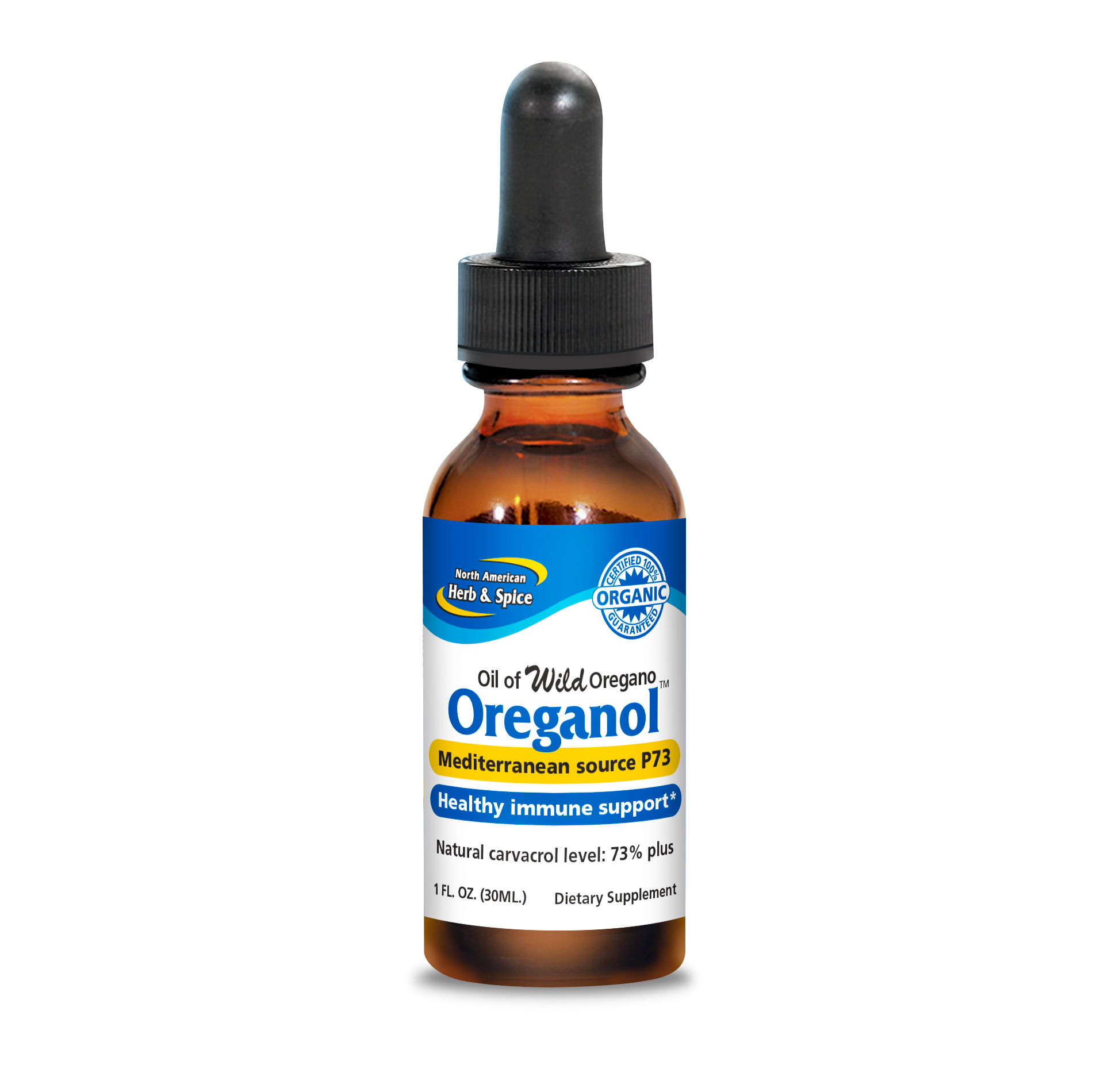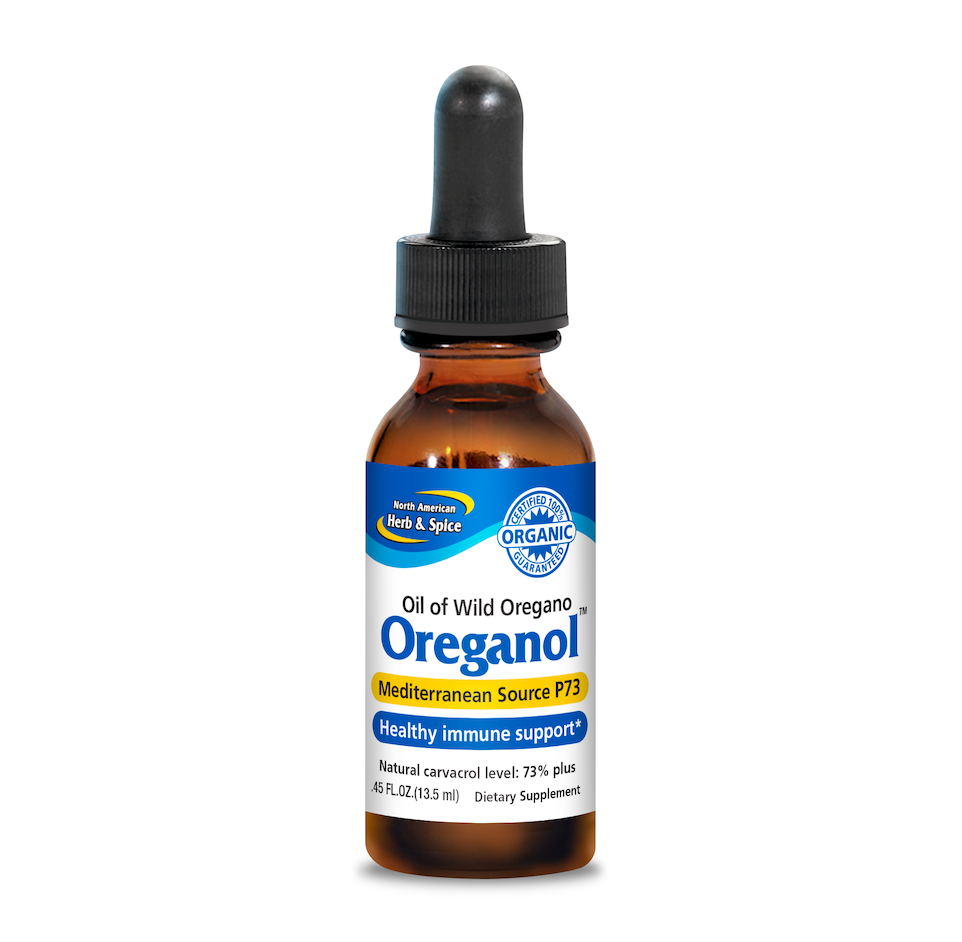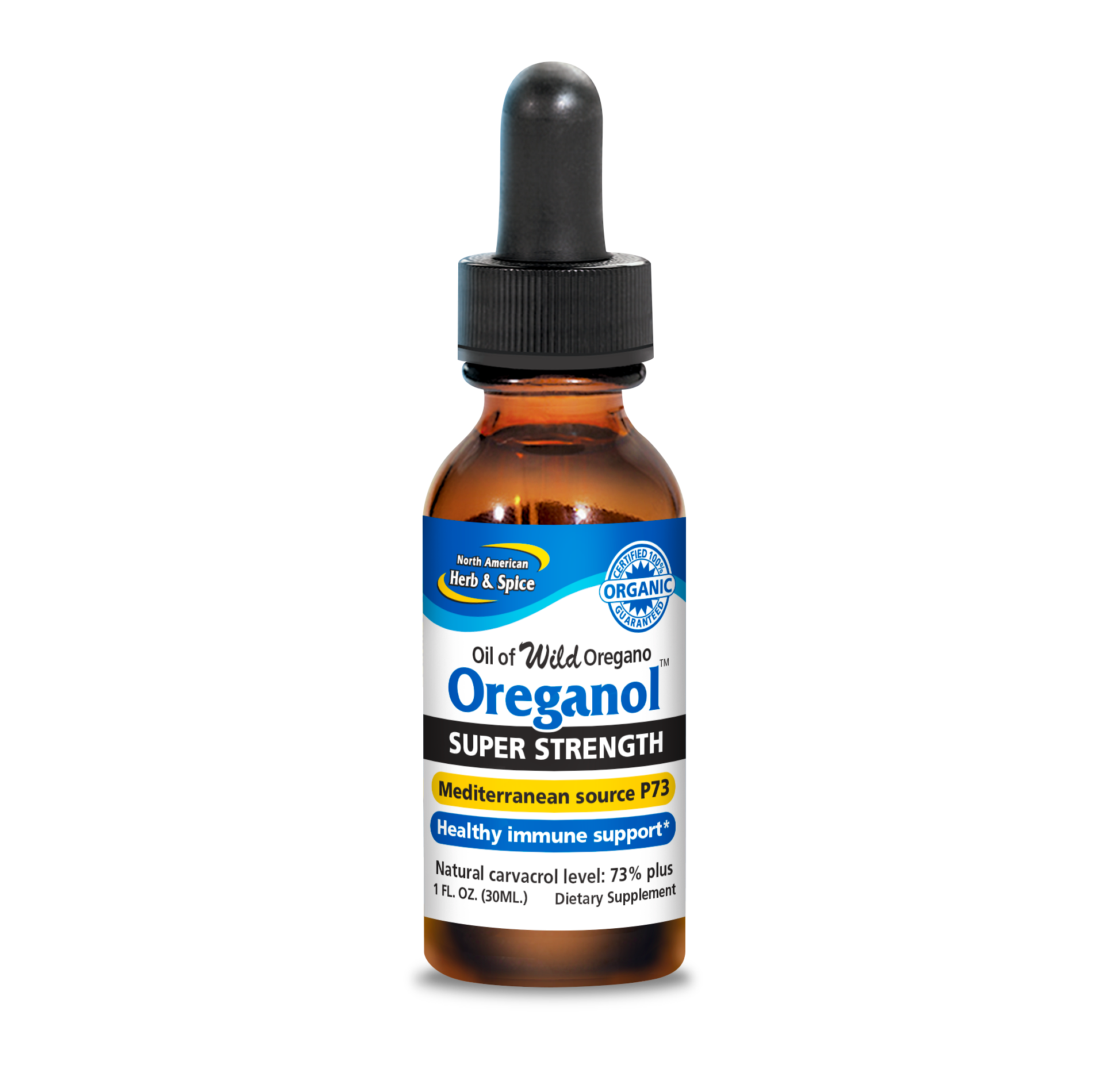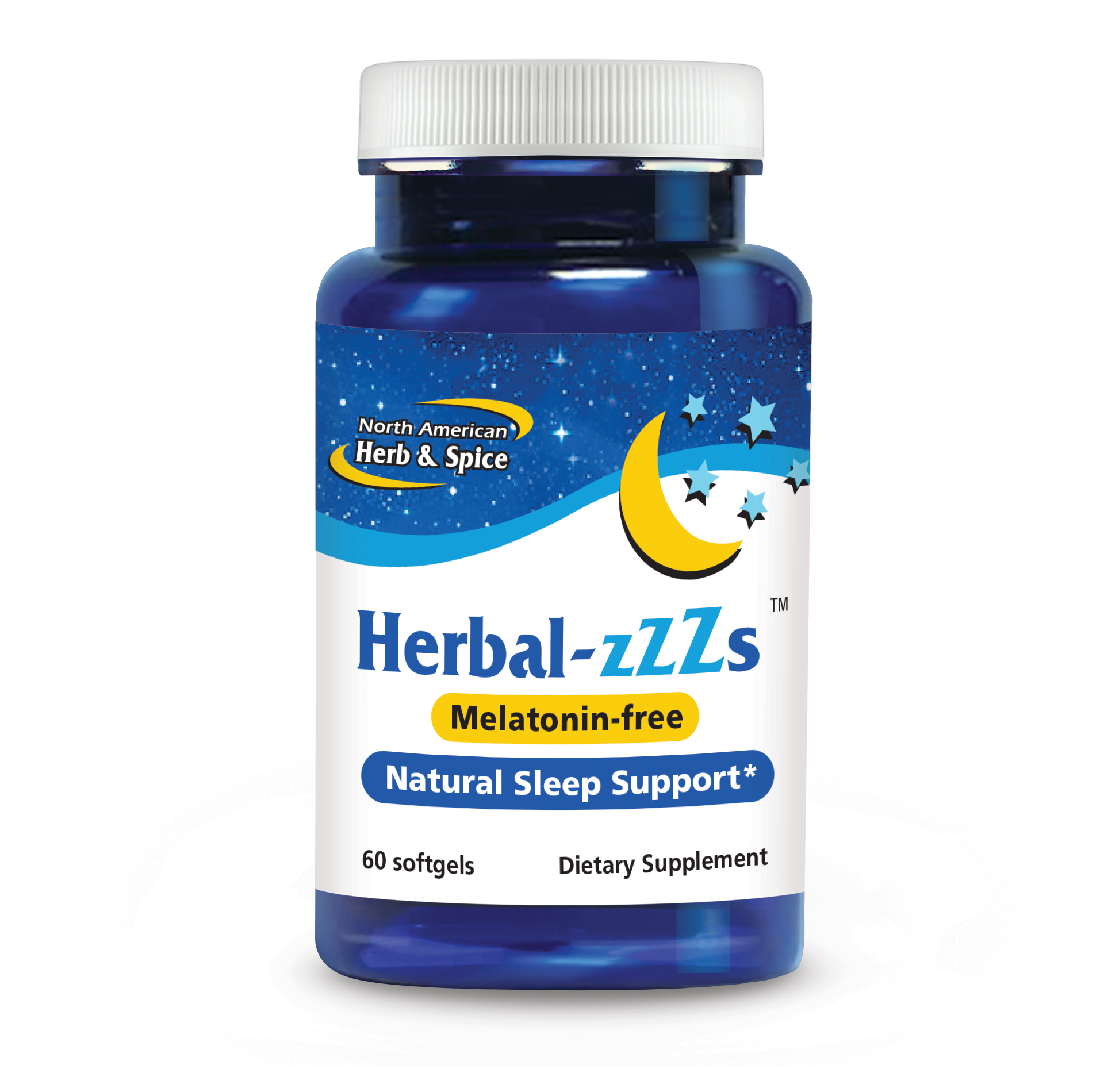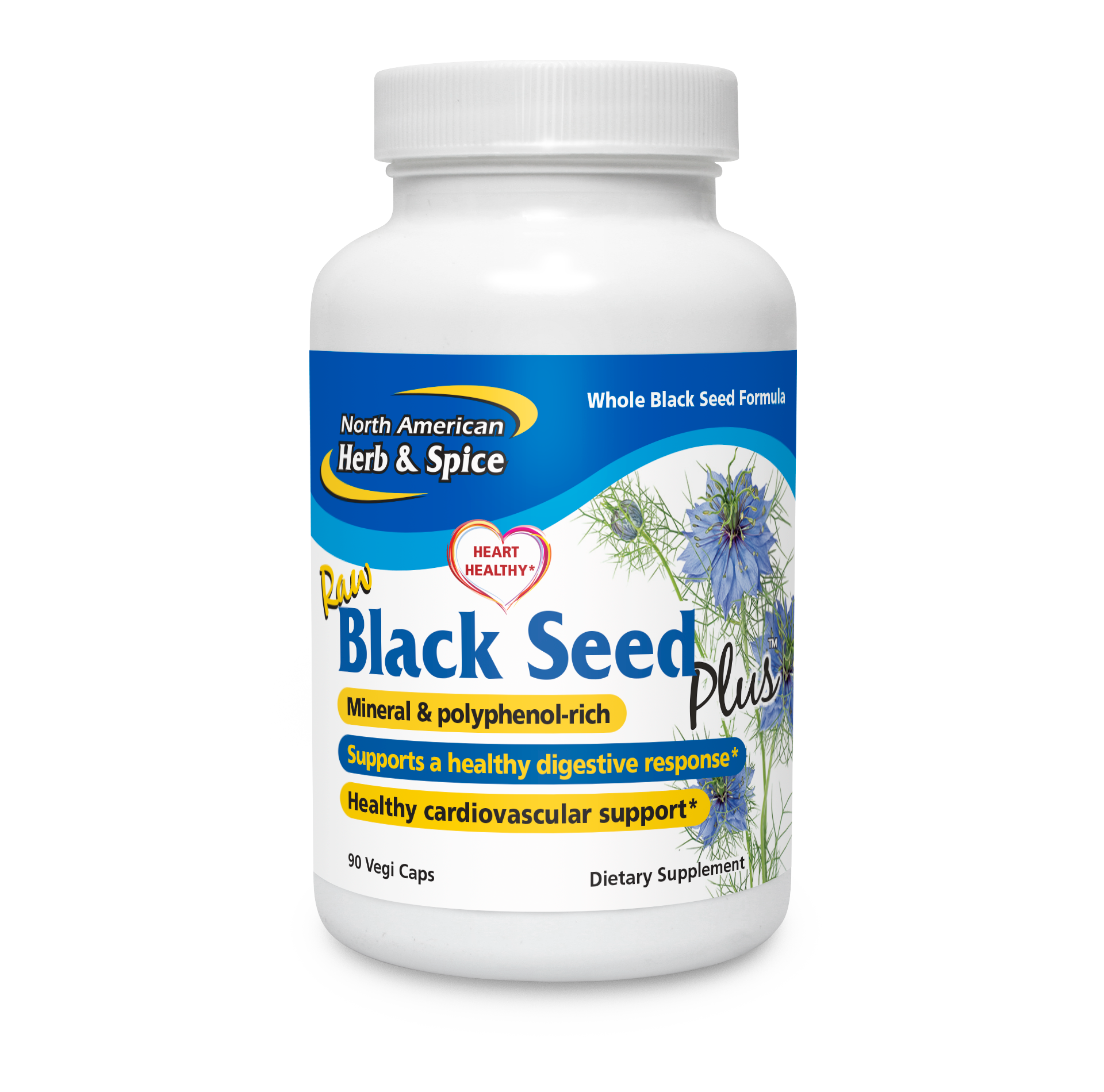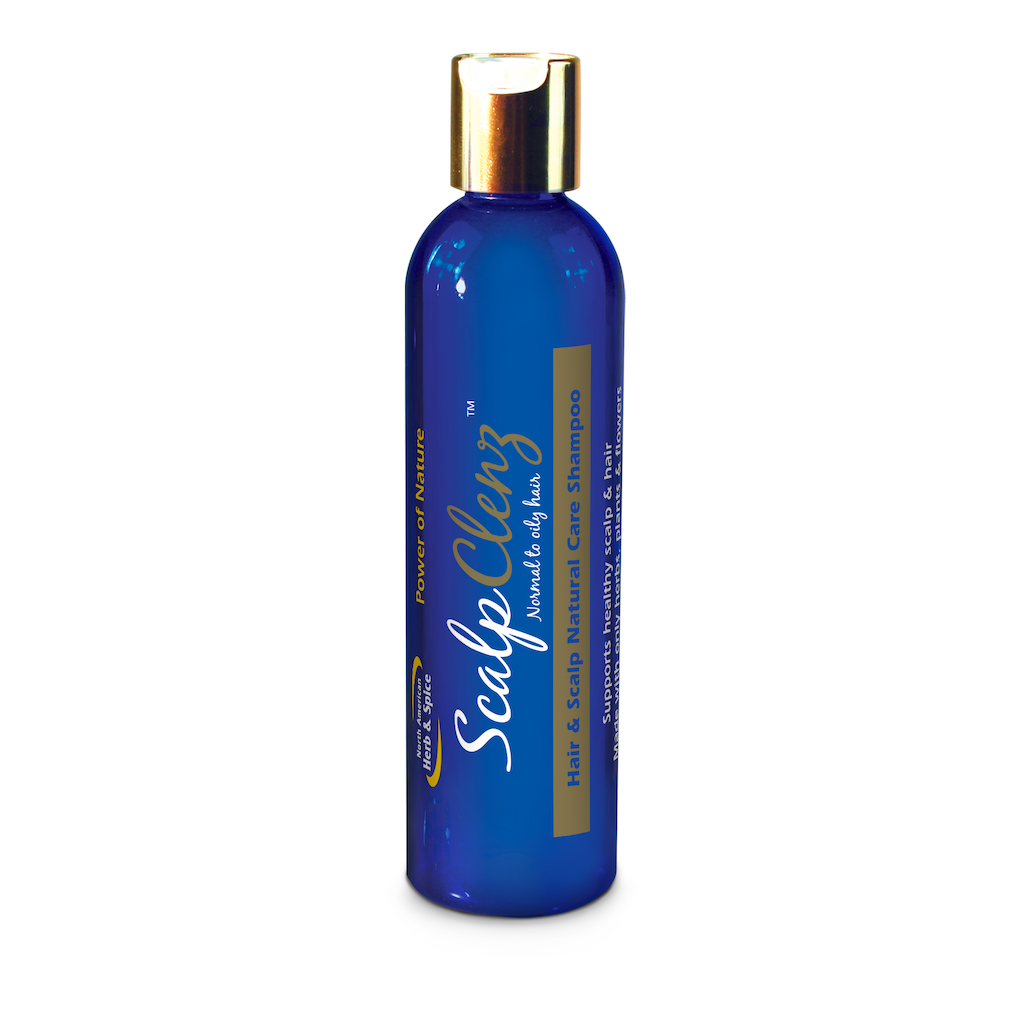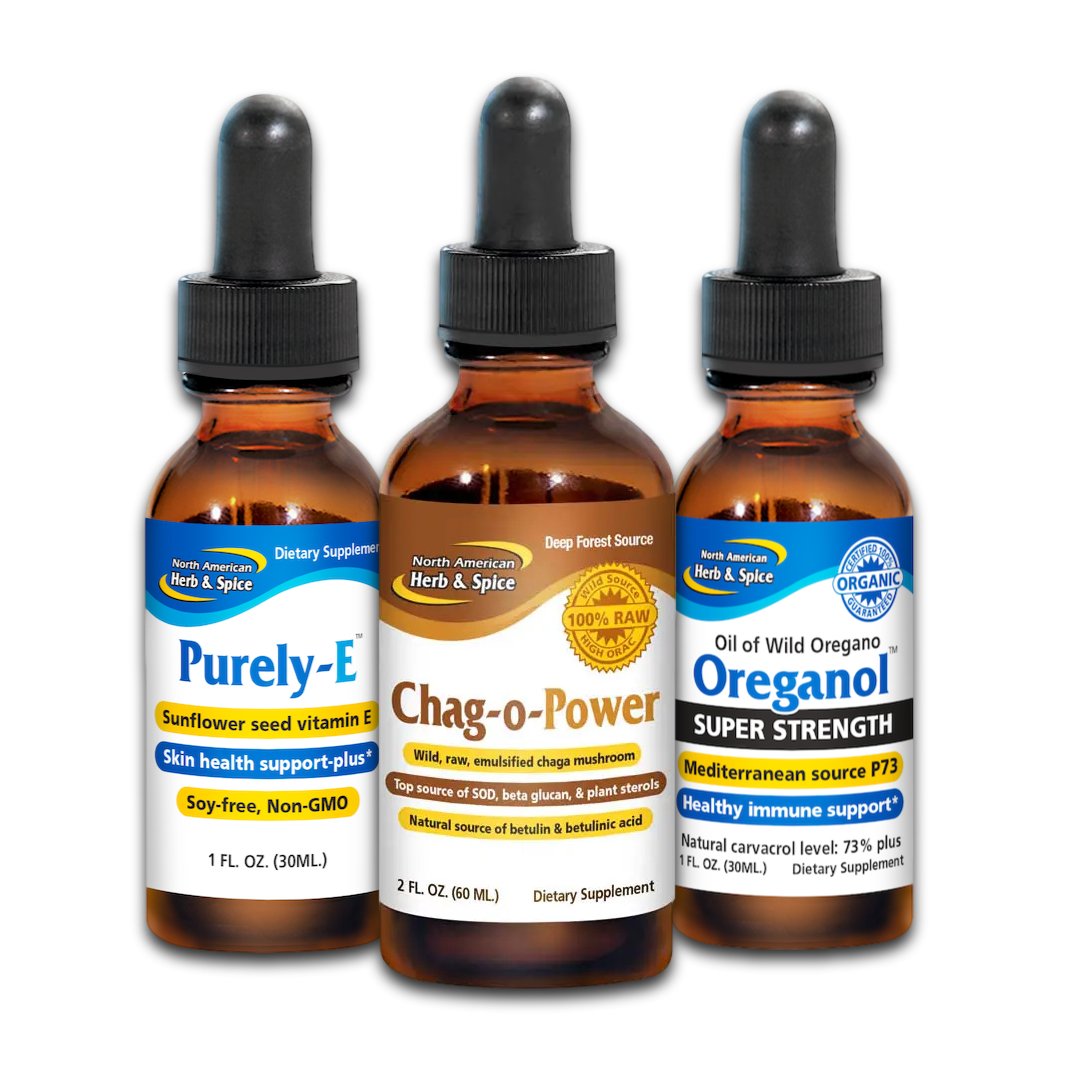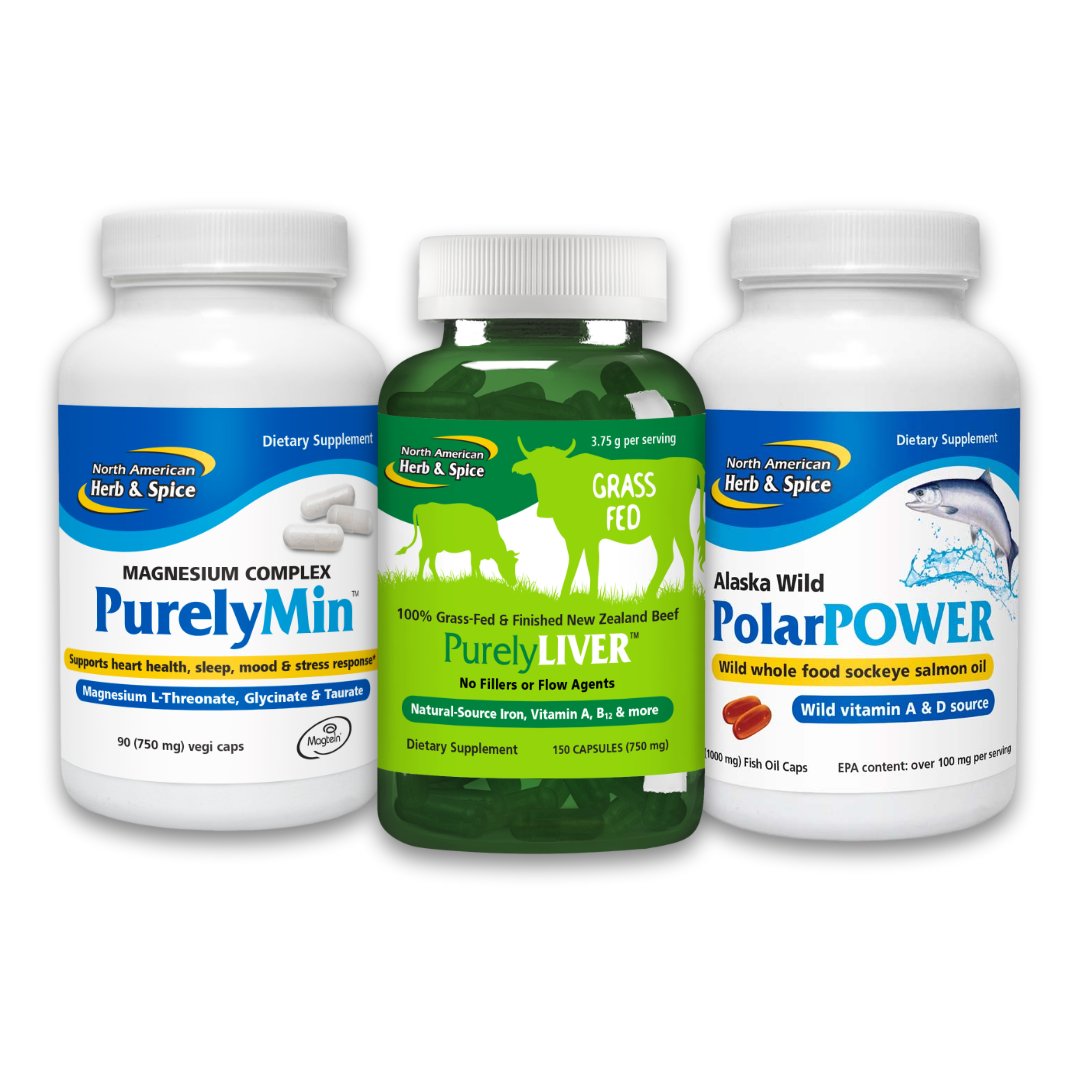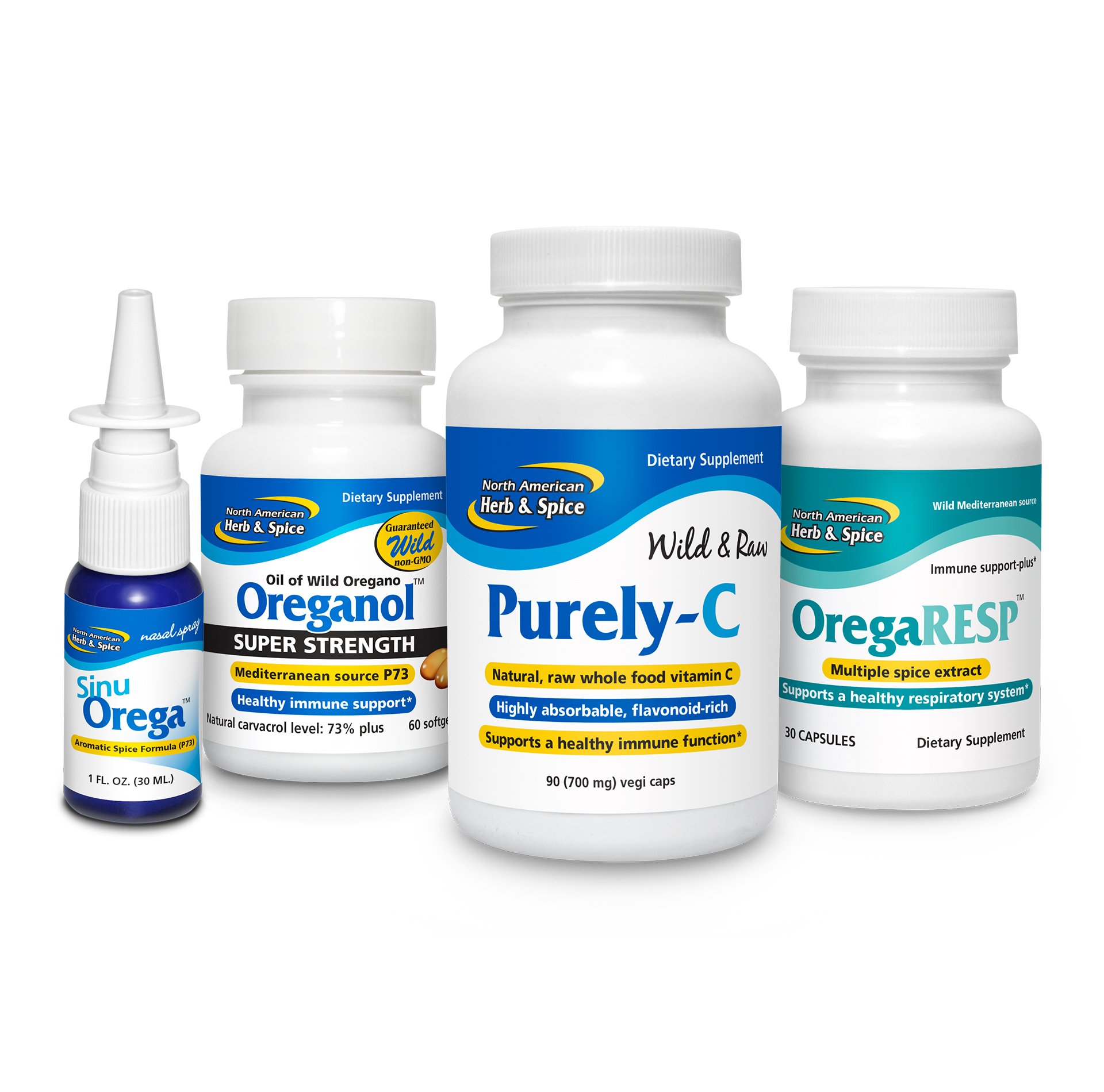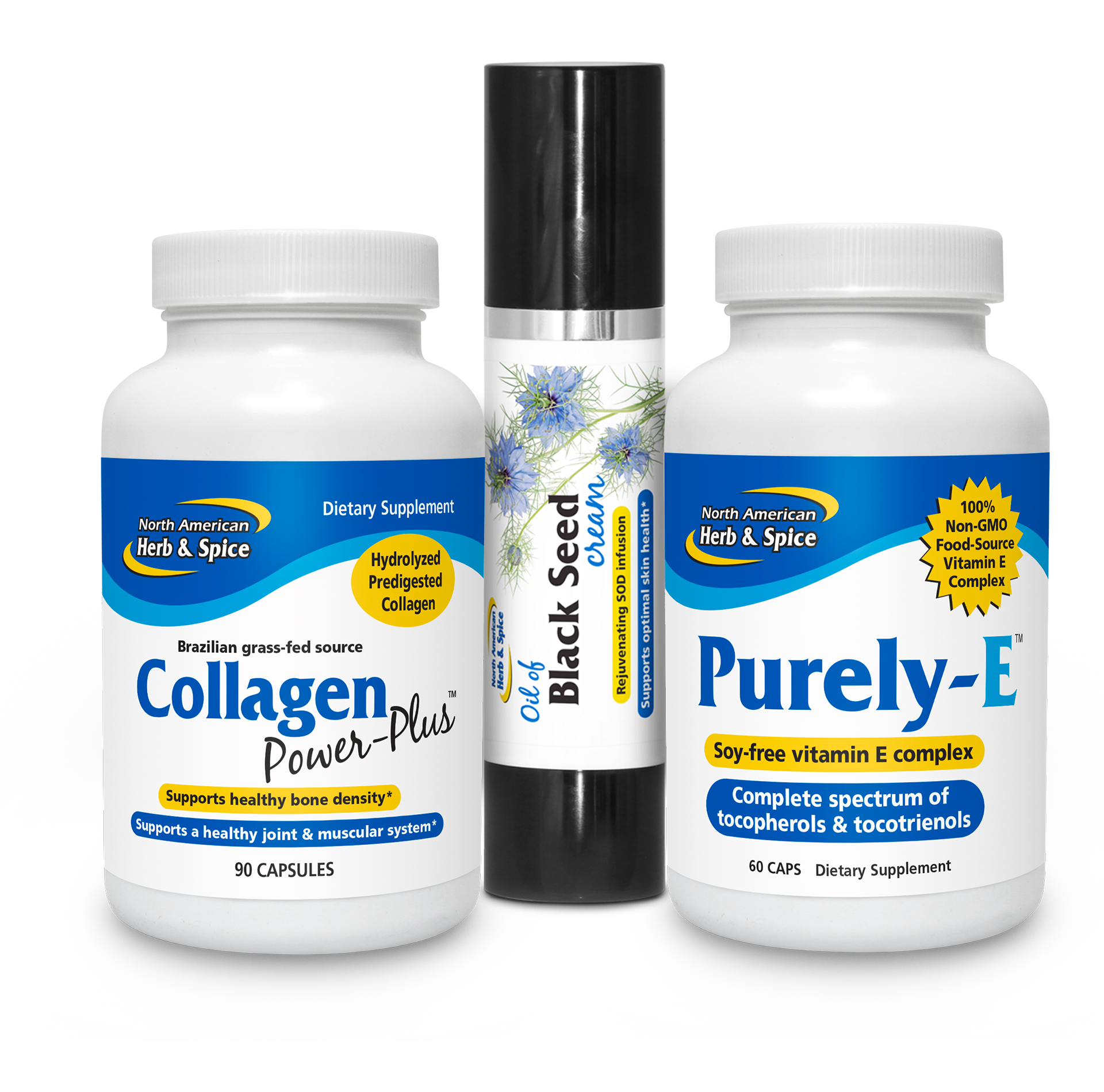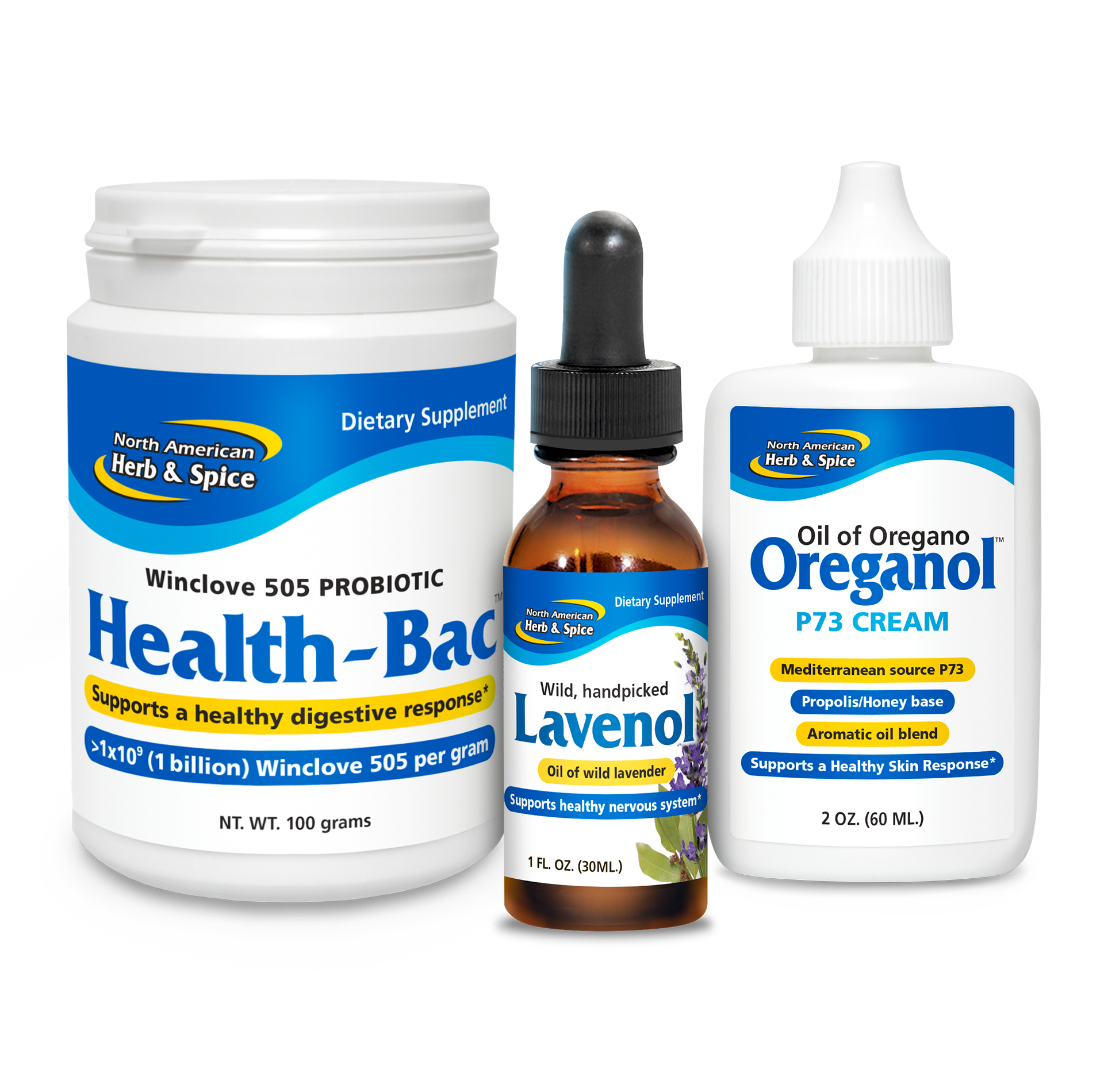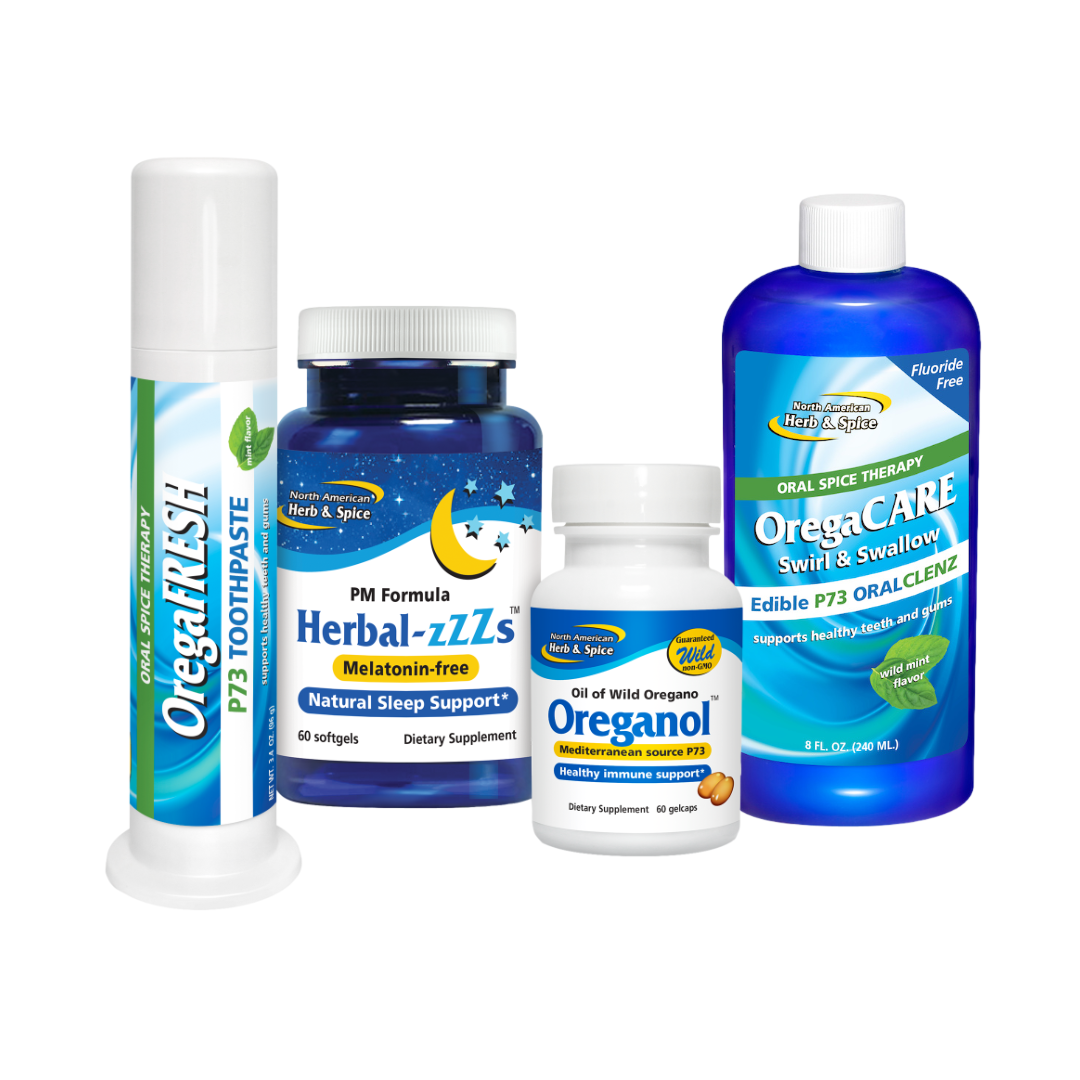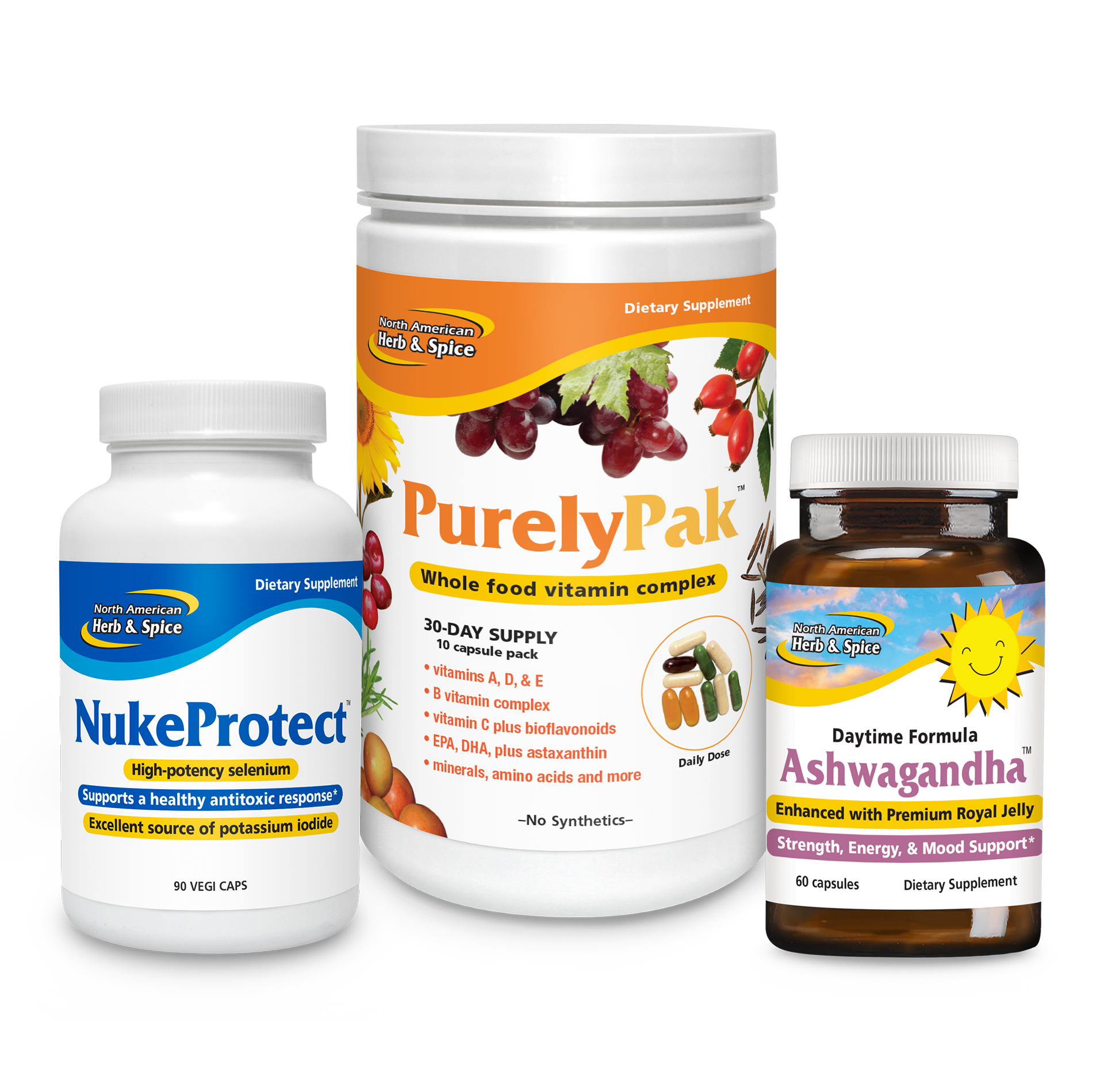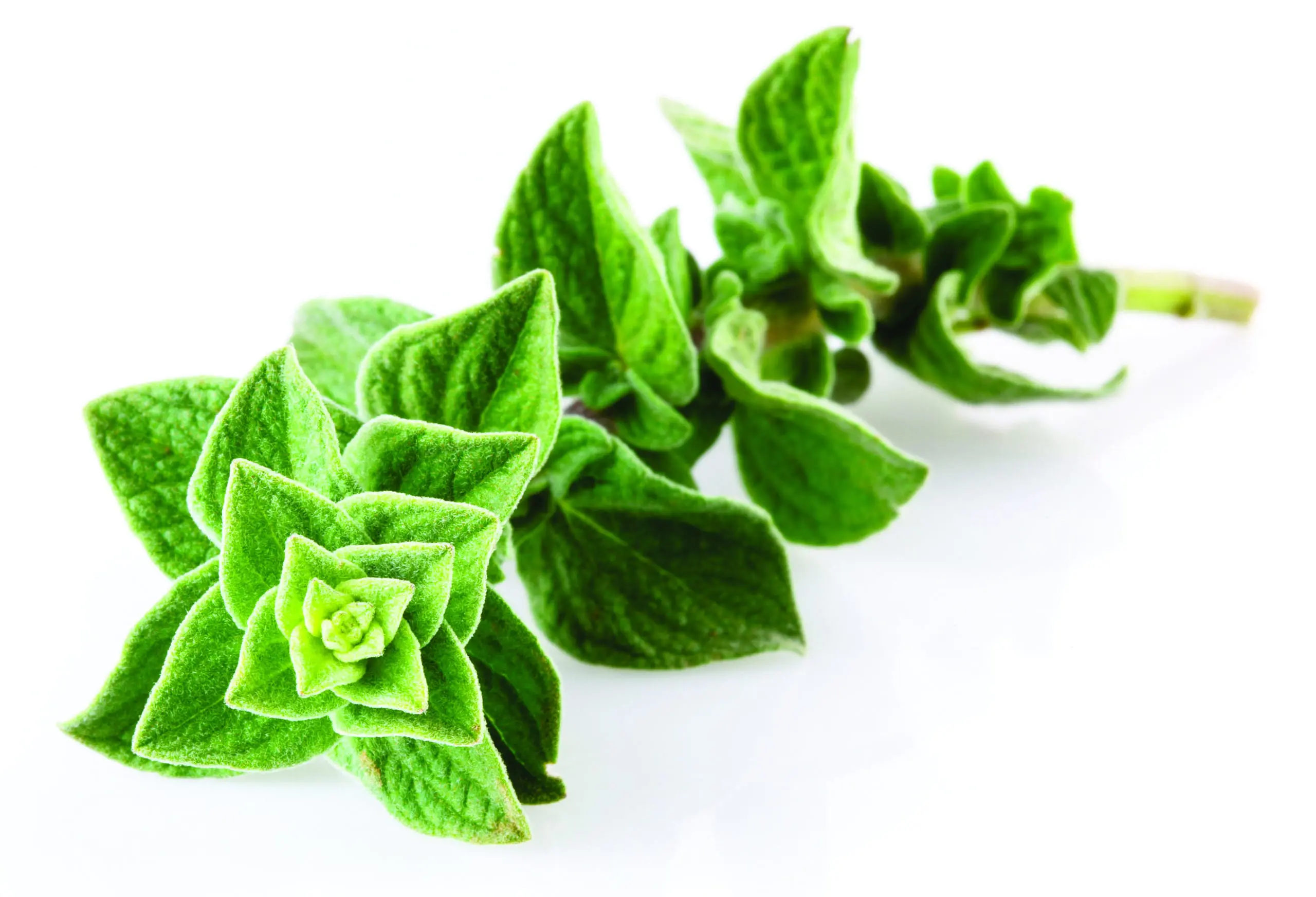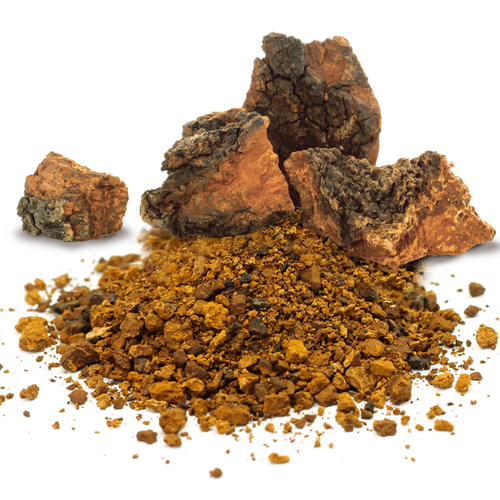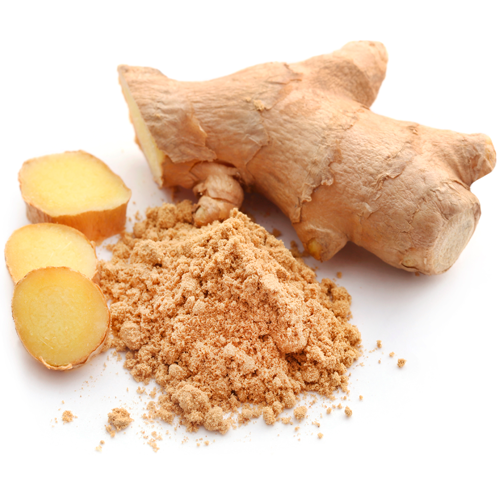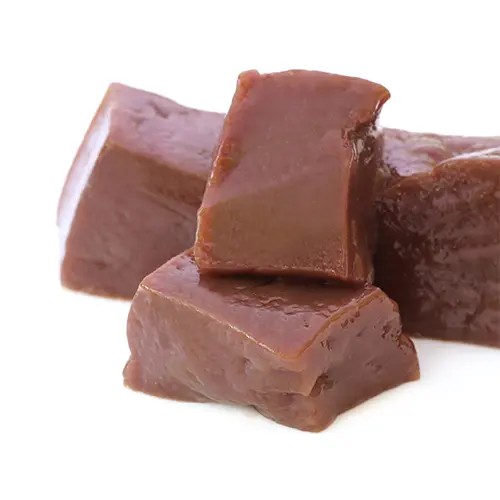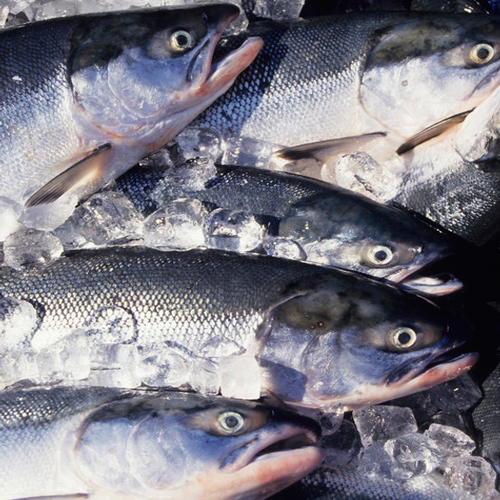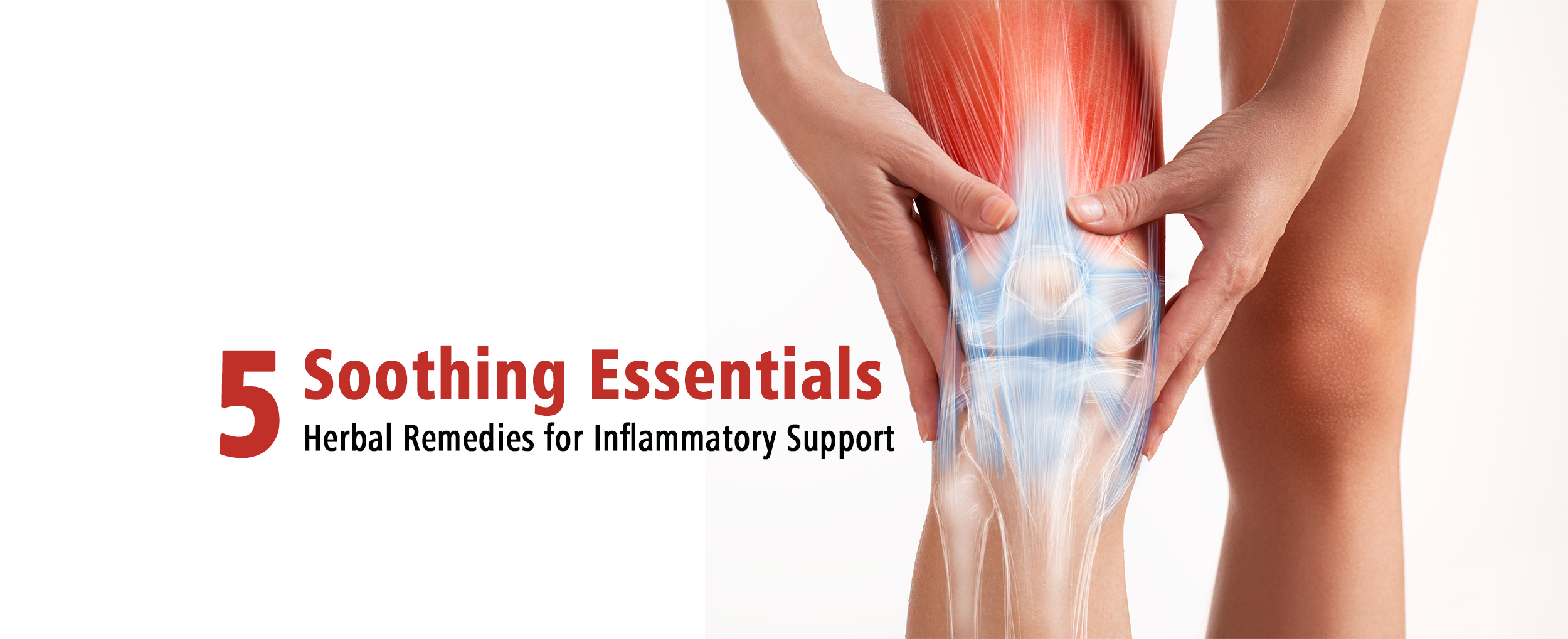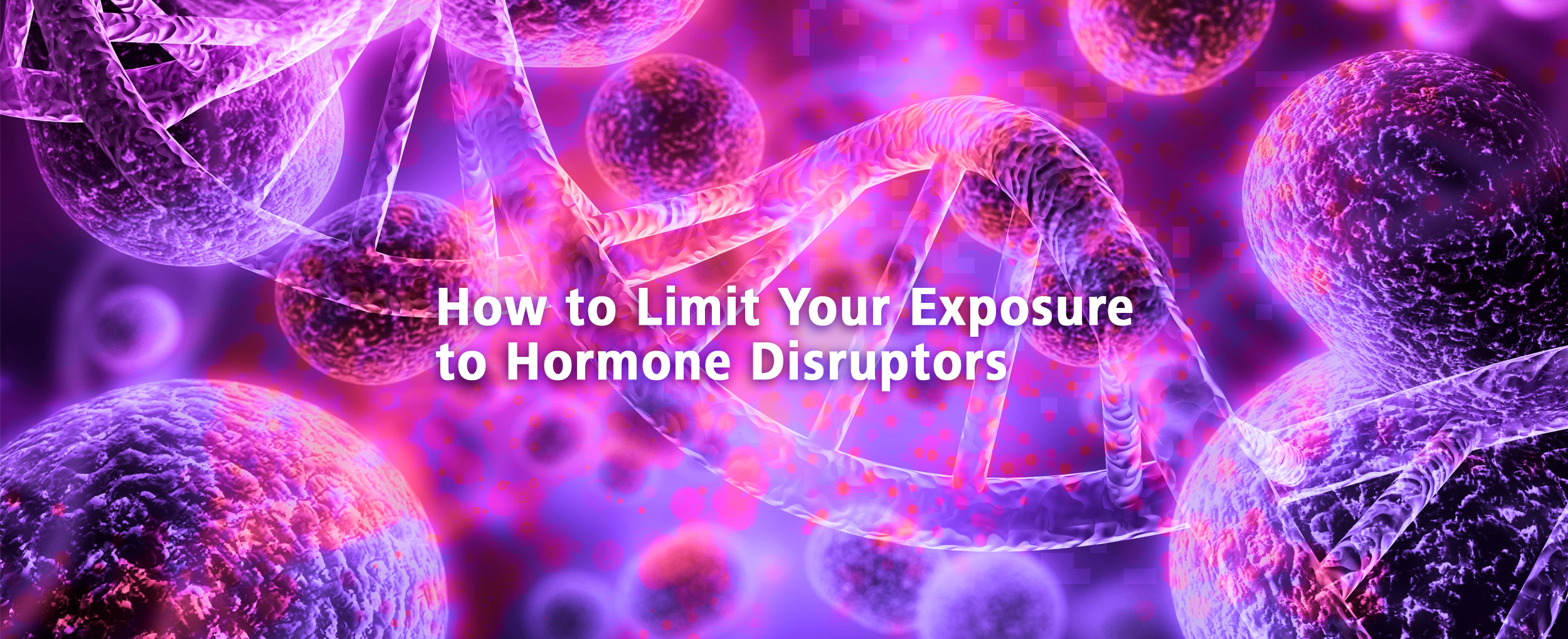For several decades, multivitamins have been marketed as an easy way to fill nutritional gaps and boost overall health. But what if the daily supplement most people rely on isn't as beneficial as they are led to believe? The dirty truth is that many commercial multivitamins are nothing more than synthetic chemicals produced in factories, far removed from the whole foods they claim to mimic. Let’s break down how synthetic vitamins are made, which represent more than 90% of what consumers are supplementing with, and why they fall short. Follow the article to the end, where we will discuss the healthy alternatives to look for instead.

Behind the Curtain: How Synthetic Vitamins Are Made
Did you know that most synthetic vitamins are derived from petroleum, coal tar, or chemically manipulated GMO corn? Unlike vitamins found naturally in food, these synthetic versions are created through industrial processes involving harsh chemicals, solvents, and even heavy metals! The process often includes the following steps:
Extraction from Non-Food Sources: Chemicals like petroleum derivatives, acetone, ammonia, and formaldehyde are used as raw materials for vitamin synthesis.
Chemical Synthesis and Fermentation: Through industrial fermentation and chemical manipulation, vitamins are artificially reconstructed in labs to resemble their natural counterparts.
Purification and Stabilization: Harsh solvents and acids, such as hydrochloric acid and sulfuric acid are used to isolate and stabilize the compounds.
Tableting and Coating: Synthetic vitamins are compressed with fillers, binders, and preservatives to create the final product, often coated with artificial colors and waxes for visual appeal.

Most Common Examples
Vitamin C (Ascorbic Acid): Typically synthesized from genetically modified corn syrup, then processed with acetone (a solvent found in nail polish remover) to produce ascorbic acid.1 Does this sound appetizing? Always check the back label to identify if your vitamins are synthetic. If you see “ascorbic acid”, it is definitely synthetic.
Source: MDPI.com/Strain Development, Substrate Utilization, and Downstream Purification of Vitamin C1
Vitamin E (dl-alpha-tocopherol): Often derived from petroleum byproducts and GMO soy, it lacks the full spectrum of tocopherols and tocotrienols demonstrated in a pure food-sourced vitamin E complex.2,3 The process involves the acid-catalyzed condensation of trimethylhydroquinone with isophytol to form α-tocopherol.2 This method is widely used in industrial applications, including consumer supplements!
Soybeans provide a low-cost source of tocopherols, which manufacturers use to produce synthetic vitamin E. While many companies claim not to use GMO sources, only 6% of US-grown soybeans are non-GMO! A whopping 94% is.3 Soybeans are heavily sprayed with toxic pesticides as well.
Source: https://patents.google.com/patent/US6066745A/en?2
Source: GMO Crops in the U.S., FDA.gov3
Vitamin B12 (Cyanocobalamin): Created using cyanide molecules, cyanocobalamin must be converted by the liver into a usable form, making it hard to absorb at a minimum, and toxic to sensitive individuals.4 Grass-fed beef liver, containing a spectrum of real B vitamins, is a far more effective and healthier option.
Shockingly, “activated sewage sludge” has been used for decades in synthetic B12 production, initially developed for livestock but allegedly found in some low-quality supplements."We invite you to view the 1954 study below and you will see for yourself.5
Source: https://en.wikipedia.org/wiki/Cyanocobalamin4
Source: Feed from Sewage, Activated Sewage Sludge as Source of Vitamin B12 for Pig5
Vitamin B6 (Pyridoxine Hydrochloride): Synthesized from petroleum extracts, it lacks the natural coenzymes shown in real food-sourced B6.6 There are different ways to make synthetic B6 and they are all chemically complex. The common denominator is the use of petrochemicals such as benzene, methanol, and ethanol.6 Benzene is of particular concern as it is classified as a known carcinogen, linking it to cancer.
Source: https://patents.google.com/patent/WO2006066806A1/en6
Vitamin B9 (Folic Acid): Manufactured through chemical synthesis, it requires conversion by the body into its active form, methylfolate.7 Many people with MTHFR gene mutations struggle with this conversion, leading to potential toxicity.7 Unmetabolized folic acid can accumulate in the bloodstream, which has been linked to immune dysfunction, increased cancer risks, and even neurological issues. Unlike naturally occurring folate found in leafy greens, beef liver, and legumes, synthetic folic acid does not come with the essential cofactors that aid in its proper utilization by the body.7
Source: Formation of folates by microorganisms: towards the biotechnological production of this vitamin.7
Vitamin B1 (Thiamine Mononitrate/HCl): Derived from ammonium chloride and coal tar, synthetic B1 is processed with numerous petrochemical solvents.8,9 This cheap imitation of real food-grade Thiamine B1 is also missing the natural cofactors found in whole-food sources. Multiple B vitamins have been synthesized for decades from the waste products of the coal tar refinery industry9
Source: Ammonium: https://patents.google.com/patent/US4186252A/en?8
Source: Coal Tar: https://doctorschierling.com/blog/vitamin-b-or-coal-tar?9
Vitamin A (Retinyl Palmitate): Manufactured using refined palm oil and chemicals like formaldehyde,10 this unnatural mixture can lead to potential toxicity concerns. Like many other synthetic vitamins, petroleum and its derivatives like methanol are often used. Recently, scientists have discovered how to use engineered E. coli. bacteria to make a different type of synthetic vitamin A.11 Does this sound tasty to you?!
Source: Cosmetics.specialchem.com,10
Source: Microbial Production of Retinyl Palmitate,11

The Absorption Problem: Why Synthetic Doesn’t Measure Up
The body doesn’t recognize synthetic vitamins the same way it does those from whole foods. Real vitamins come with essential cofactors, enzymes, and bioflavonoids that enhance absorption and effectiveness. Synthetic vitamins, however, lack these crucial components, often leading to poor bioavailability and even toxicity at high doses. Don’t be fooled by high milligram amounts and percentages. The manufacturers of these synthetics are obliged to use higher amounts just to have a small percentage of absorption in the body. Oftentimes, these companies attempt to cite their high amounts as a marketing tactic but the truth is the body isn't absorbing anything close to what you see on their labels.
For example, synthetic vitamin B9 (folic acid) must be converted by the liver into its active form (methylfolate). Many people have genetic mutations (such as MTHFR) that make this conversion difficult, leading to unmetabolized folic acid building up in the body, which has been linked to health concerns like cancer and neurological disorders.

Hidden Toxins in Synthetic Multivitamins
Beyond the vitamins themselves, synthetic multivitamins often contain dangerous additives, such as:
Artificial Colors & Dyes: Linked to hyperactivity, allergies, and potential carcinogenic effects. Some of these dyes have been banned for years in places like Europe, Japan, and Russia. A recent example is Red Dye #3, which the FDA banned in January 2025. However, they have yet to ban Yellow 5, Red 40, and others. Don’t these side effects defeat the overall purpose of taking a multivitamin?
Toxic Fillers & Binders: Magnesium stearate, talc, silicon dioxide, and hydrogenated oils are commonly used to bulk up tablets but have no nutritional value. They certainly have known side effects. We invite you to do a simple Google search and see for yourself. The majority of supplement companies are still using them. This is why we must all carefully check and read the back labels of every supplement!
Heavy Metal Contamination: Synthetic vitamins made in China or low-quality manufacturing facilities often test positive for lead, arsenic, and mercury. Only buy from companies who test their supplements both internally and with a third-party lab. Always check to see if the company is manufacturing its supplements in-house. This is the way North American Herb & Spice operates.

The Only Alternative that Makes Sense:
Clean Whole Food-Based Supplements
Instead of relying on synthetic vitamins, look for whole food-based supplements! These are derived from concentrated foods, herbs, and superfoods, ensuring the body receives ALL the organic cofactors and nutrients in their most bioavailable, or absorbable form. Key signs of a high-quality supplement include:
Sourced from whole foods: Look for ingredients like acerola cherry (for vitamin C), fermented mushrooms (for vitamin D), and sprouted grains (for B vitamins).
No artificial additives: Avoid anything with fillers, preservatives, or synthetic colors.
Third-party tested: Ensures purity, potency, and absence of heavy metals or contaminants
Conclusion: Choose Nature Over Synthetics for your best health outcomes.
Discover our no-nonsense superfood multivitamin, Purely Pak. We also offer individual vitamin solutions like C, E, the B complex, A & D. At North American Herb & Spice, we have strong convictions that real vitamins should never be compared to or made equal with their synthetic counterparts, and now you know why! Can someone you know benefit from this information? Educate your friends and family so they can also reap the clear health benefits of pure nutrition.
Purely Pak Multivitamin- All vitamins, Omega-3s, trace minerals, and antioxidants.
Polar Power- Vitamins A, D, and Omega-3s
Purely Liver- Grass-fed beef liver, vitamins A, and B complex, amino acids, and trace minerals.
Purely C- Wholefood vitamin C complex.
Purely E- Wholefood vitamin E complex with all tocotrienols and tocopherols.



